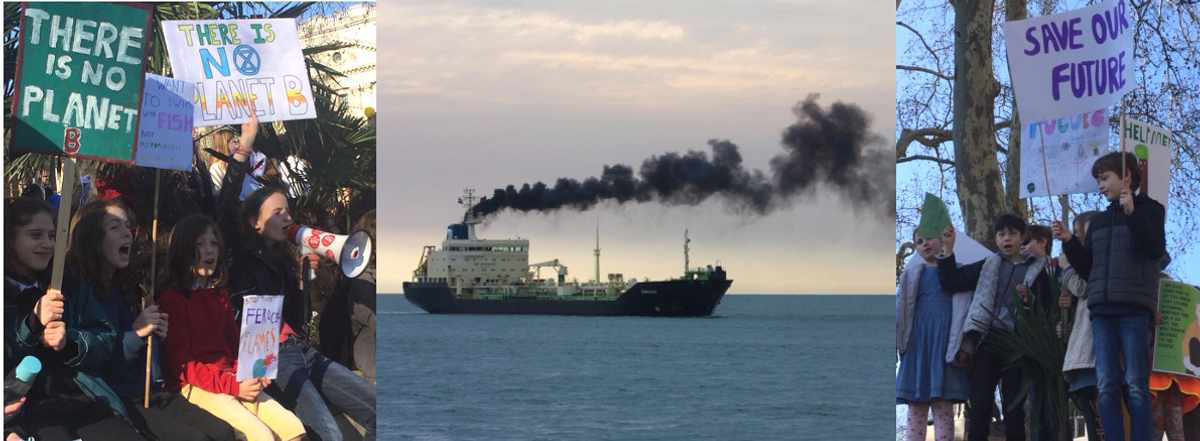Burning bottom-of-the-barrel toxic heavy fuel oil is a matter of grave concern for our climate and the health of passengers, employees and communities near ports
Burning bottom-of-the-barrel toxic heavy fuel oil is a matter of grave concern for our climate and the health of passengers, employees and communities near ports

The shipping industry’s use of bottom-of-the-barrel toxic heavy fuel oil is a matter of grave concern for our climate and health of passengers and employees. We are pressuring Carnival Corporation, the largest and most influential actor in the cruise sector, to become an environmental leader that others can follow. We’re working hard to highlight Carnival’s toxic fuel choice and how it’s putting families, communities, and our climate at risk.
https://player.vimeo.com/video/303623816
Find out more here
10 facts about shipping and climate change
- The shipping industry is huge. Around 90% of global trade – from our clothes and food to building materials and fossil fuels – is carried by sea in a merchant fleet of around 50,000 ships.
- The largest of these ships are around 400 metres long. To put this in context, the Eiffel tower is 300m tall, and football pitches are 90-120m long.
- The shipping industry’s carbon footprint is greater than any single country in the world except China, the US, India, Russia and Japan.
- Shipping is regulated by a UN agency, the International Maritime Agency (IMO).
- At the IMO meeting in April 2018 it was agreed to reduce emissions by at least half by 2050.
- This is nowhere near the level of cuts needed to avoid the worst consequences of climate change (above 1.5C average warming). We need to have at least halved global emissions by 2030 and be at zero by 2050.
- In May 2019, the IMO will meet again to decide what rules they will put in place to cut emissions before 2030. We know we need to cut emissions during the next decade to have a chance of avoiding the worst climate impacts – it’s vital that the IMO don’t delay action until after 2030.
- There is one easy way to cut shipping’s carbon footprint right now – make ships go more slowly. A ship travelling 10% slower uses 30% less fuel, so emits 30% less CO2 (the overall saving is a bit less as more ships are needed to transport the same amount of goods if they travel slowly).
- Other technologies can be introduced to cut carbon emissions further, including better ship design, cleaner fuels and even wind power!
- In shipping, as with every other part of the economy, we can’t afford to wait to cut emissions. We need to act now. But the IMO won’t make the right decision unless they’re put under public pressure. That’s where you come in…
Get involved here

